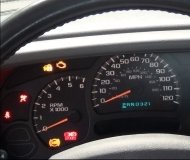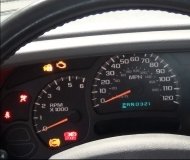Thursday, December 6th, 2018 AT 10:06 AM
My car continues to shut off when idling, or at least idles terribly. I have replaced plugs, wires, IAC, EGR valve, upstream O2 sensor, cleaned throttle body, flushed injectors and replaced injector, o-rings, checked for vacuum leaks, etc. No matter what I do I cannot get this car to idle. I feel certain the base idle screw has been messed with previously due to the tamper plug was removed when I bought the car. I would like to start with checking/adjusting the base idle, but cannot find any adjustment procedures anywhere, (yes I know, you are not suppose to adjust these screws, but someone has already). Then, assuming it does not fix the problem I need to know where to go next.



